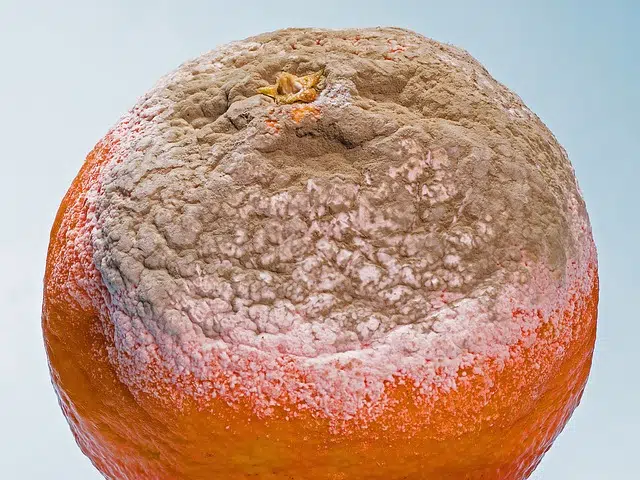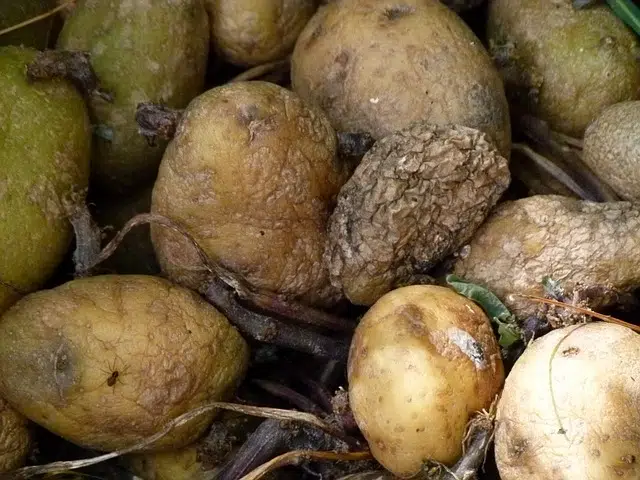
Putrefaction is the process that organic matter goes through when it rots.
Before proceeding to know the meaning of the term putrefaction, it is necessary to determine its etymological origin. In this case we can say that it derives from Latin, from putrefactio , which can be translated as "action and effect of rotting." Specifically, we can establish that it is the result of the sum of the following components:
-The verb putrere , which is synonymous with "to rot."
– Factus , which is equivalent to “fact.”
-The suffix -cion , which indicates "action and effect."
What is rot
The process and consequence of rotting is known as putrefaction . The putrid, therefore, is the rotten: that organic substance that has decomposed , undergoing changes in its qualities and state .
Putrefaction implies an alteration of the organic , which acquires a simpler form through chemical and physical processes. The different materials that make up the organism are reduced and acquire a simpler composition. Molecules, for example, can be broken down into atoms.

Putrefaction implies decomposition.
Decomposition delay
It is also important to know that there are two phenomena that can delay decomposition:
-Mummification , which was typical of Ancient Egypt and was identified by the fact that the inert body was kept in a dry environment and under certain other environmental circumstances, resulting in it being kept in acceptable conditions for a long time. conservation.
-Embalming , which involves delaying the decomposition of a body through, for example, the use of certain chemicals.
Different putrefaction processes
Animals (including humans) and plants experience different putrefaction processes, although with some characteristics in common. Putrefaction, in animals, begins at the moment the heart stops: the first state is known as fresh and includes changes in color, muscle rigidity, cooling, the transformation of proteins and other substances into gases and acids. organic matter and the proliferation of microbes inside the body.
After the fresh state, the swollen state appears. The corpse swells due to the accumulation of gases, fluids are generated that begin to come out through the body orifices and insects begin to eat the tissues .
Active putrefaction (where mass is lost) and advanced putrefaction (what remains of the cadaveric material ceases to exist) lead to the dry state , in which only bones, cartilage and dry skin remain.
The cause of death, temperature , humidity, rainfall and the ease of access of scavengers or insects to the remains affect the characteristics of the putrefaction process.
The various phases
Currently, the putrefaction of a body is one of the fundamental factors on which the work of forensic professionals is based when it comes to discovering when the body died or was murdered. Specifically, these establish four phases within the putrefaction process:
– Chromatic , which is when, as a result of intestinal putrefaction, a green spot appears on the abdomen.
– Emphysematous , when, among other things, the so-called posthumous circulation occurs.
– Coliquative , where tissues are transformed into magma.
– Reductive , when the soft and bony parts transform or disappear.
